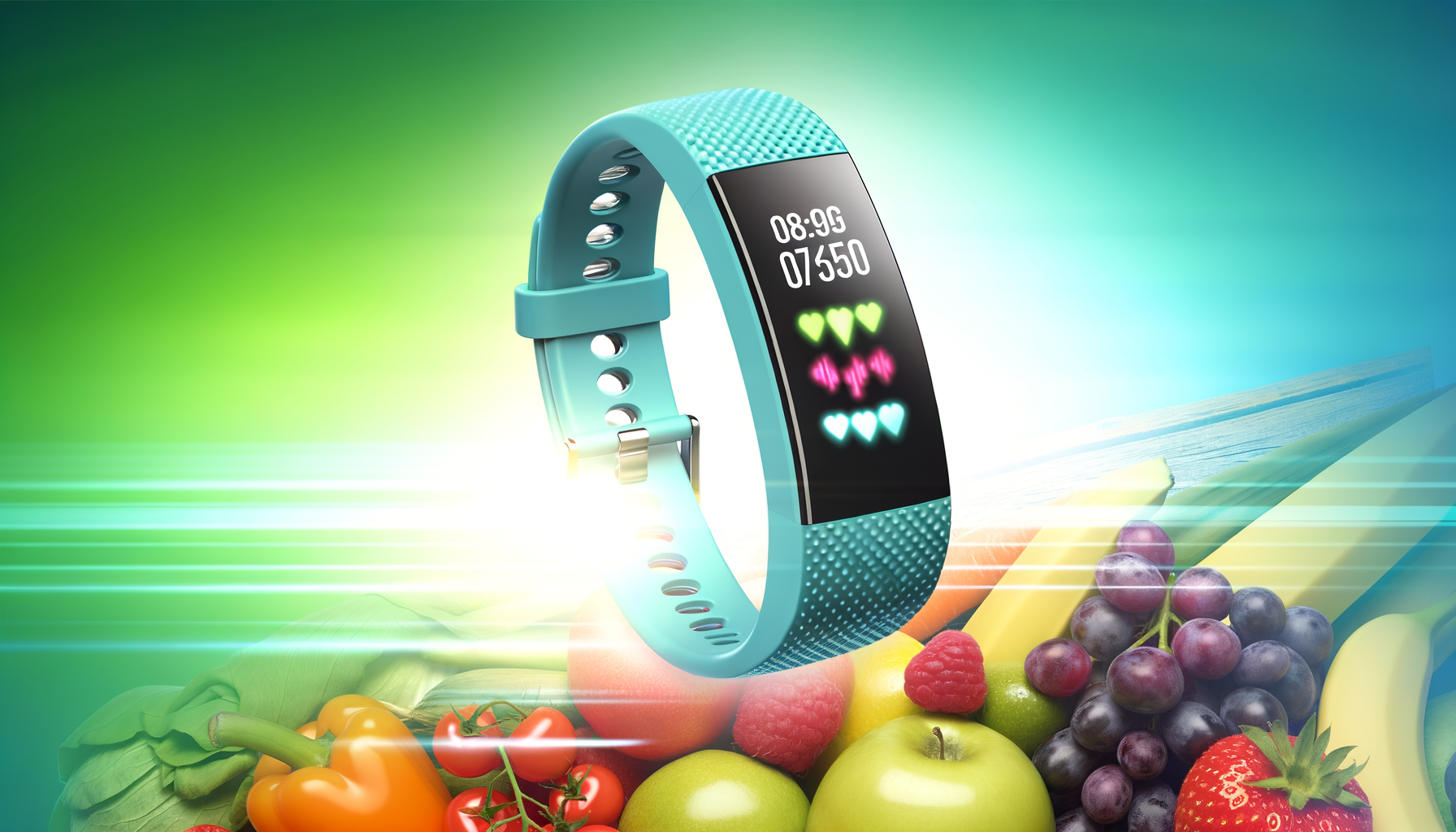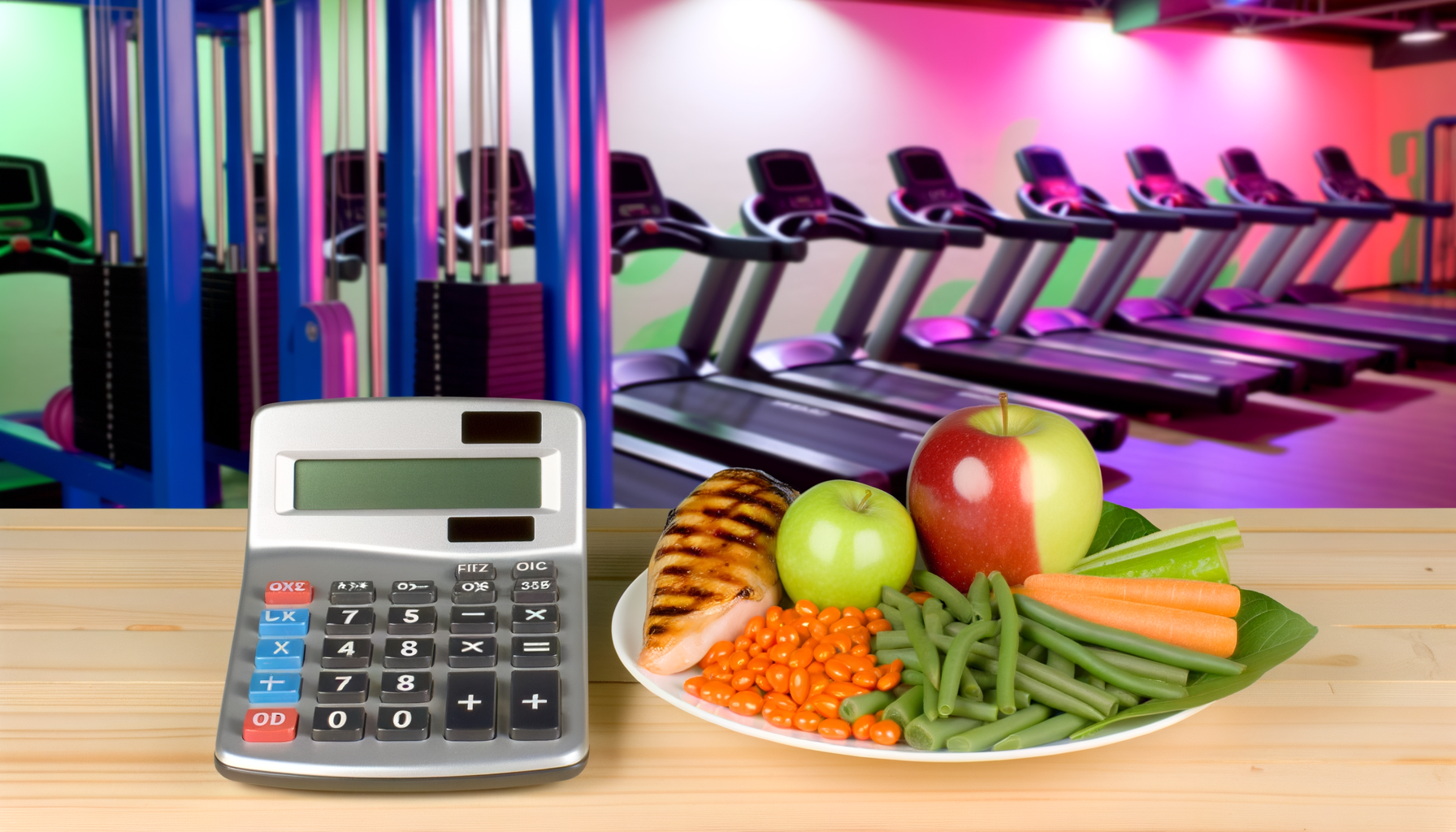Leveraging Calorie Data for Personalized HIIT Programs
Unlocking the Power of Calorie Data in HIIT Programs
High-Intensity Interval Training (HIIT) has emerged as a cornerstone in modern fitness regimens, offering a time-efficient and highly effective way to improve cardiovascular health, boost metabolism, and enhance overall fitness. One of the key elements in designing an optimal HIIT program is leveraging calorie data to ensure that the workouts are tailored to individual needs and goals. In this article, we will delve into how calorie data can be used to create personalized HIIT programs, enhancing their efficacy and sustainability.
Understanding the Importance of Calorie Data
Calorie data is crucial for any fitness program, but it becomes particularly significant when it comes to HIIT. HIIT involves short bursts of high-intensity exercise followed by brief periods of rest or low-intensity exercise. This pattern can significantly impact calorie expenditure, both during and after the workout. For instance, studies have shown that HIIT can lead to increased excess post-exercise oxygen consumption (EPOC), meaning that the body continues to burn calories at an elevated rate even after the workout is completed.
To harness this potential, it is essential to understand how many calories are being expended during different types of HIIT workouts. This can be achieved through various methods, including the use of metabolic equivalents (METs), which provide a standardized measure of the energy cost of physical activities. For example, a study on stepping exercise, a form of HIIT, developed an equation to calculate the energy cost in METs based on step height and cadence, which can be particularly useful for personalized prescriptions.
Personalizing HIIT Programs with Calorie Data
Personalization is the key to making HIIT programs effective and sustainable. Here are some steps to personalize HIIT programs using calorie data:
- Assess Current Fitness Level: Understanding the individual's current fitness level, including their resting metabolic rate and aerobic capacity, is vital. This information can be used to tailor the intensity and duration of the HIIT sessions.
- Set Specific Goals: Clearly defining the goals, whether it is weight loss, muscle gain, or improved cardiovascular health, helps in designing the appropriate calorie expenditure targets. For instance, if the goal is weight loss, the HIIT program should be designed to create a calorie deficit while ensuring adequate nutrition.
- Choose Appropriate Exercises: Selecting exercises that align with the individual's preferences and fitness level is crucial. For example, if someone prefers cardio exercises, incorporating high-intensity interval training protocols like sprint intervals or burpees can be highly effective.
- Monitor Progress: Regularly monitoring calorie expenditure and other health metrics helps in adjusting the HIIT program as needed. This can be done using fitness trackers or by tracking changes in body composition and performance.
Case Studies and Real-World Applications
Several studies and real-world applications demonstrate the efficacy of personalized HIIT programs based on calorie data. For instance, a study on obese adults found that HIIT was comparable to moderate-intensity continuous training (MICT) in inducing weight loss and improving cardiovascular risk factors, but required less time to execute. This makes HIIT a viable option for individuals with time constraints.
Another study highlighted how HIIT can promote healthier dietary choices. Young adults who participated in a nine-week HIIT program showed spontaneous modulation of food choices, leading to a healthier diet. This underscores the holistic impact of HIIT on overall health and fitness.
Tools and Resources for Personalized HIIT Programs
Several tools and resources are available to help trainers and individuals create personalized HIIT programs. For example, generative AI can be used to create custom workout plans based on user data, including age, gender, weight, height, and specific fitness goals.
Additionally, plugins like the WP Calorie Calculator can be integrated into fitness websites to provide visitors with a quick and accurate way to calculate their daily calorie needs. This information can then be used to tailor HIIT programs to ensure they are calorie-effective and aligned with individual goals.
Conclusion and Next Steps
Leveraging calorie data is essential for creating effective and personalized HIIT programs. By understanding the energy expenditure associated with different exercises and tailoring the program to individual needs and goals, trainers and individuals can maximize the benefits of HIIT. Whether you are a fitness professional looking to enhance your training programs or an individual seeking to improve your health and fitness, incorporating calorie data into your HIIT regimen can lead to significant improvements in overall health and performance.
For those interested in integrating calorie data into their fitness plans, consider exploring the WP Calorie Calculator Plans to find the best solution for your needs. By combining data-driven insights with personalized training protocols, you can unlock the full potential of HIIT and achieve your fitness goals more efficiently.











